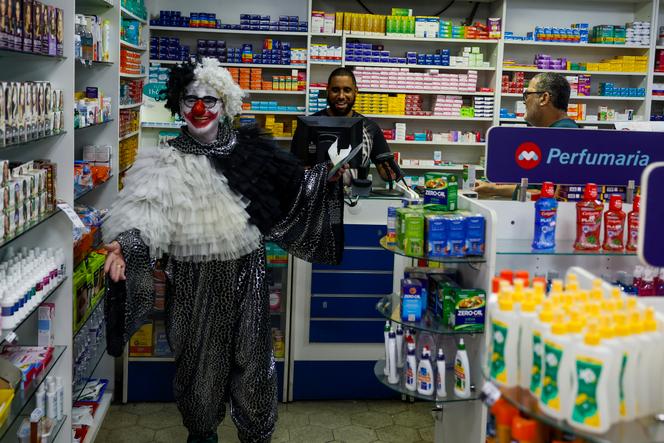


On the morning of Tuesday, February 25, the alleys of the Saara, a huge popular market in the heart of Rio de Janeiro, were packed. Despite the heatwave, crowds flocked to the stores to stock up on fantasias: Glittery, colorful accessories that are essential for taking part in the blocos, the traditional street processions that take place during Carnival. In 2025, Carnival is officially celebrated on March 1, 2, 3 and 4, while all the festivities take place from February 28 to March 8. "Products are cheap here!" said Lucas Machado, a 26-year-old programmer, who was about to buy a pink and silver tutu for his girlfriend.
As Saara's dynamism testifies, carnival-goers aren't the only ones to benefit from the Marvellous City's most emblematic celebration: It's also a boon for many merchants. According to Riotur, a tourism company linked to Rio City Hall, Carnival is expected to generate 5.5 billion reais (900 million euros) in the city between February 1 and March 9.
During this festive period, "I sell twice as much as I normally do," said Patricia Salcedo, 40, behind the cash register of the narrow stall she has rented at Saara for the past four years. Normally, the seamstress specializes in printing logos on T-shirts. But more than a month before the start of Carnival, she has been making room in the store for other products: hot pants, a kind of bikini made up of high-waisted knickers and a strapless top, very popular with women, fishnet stockings, shoulder pads, earrings, headbands adorned with flowers or feathers. "Customers love color and sparkle!" said Salcedo, folding sequined shirts.
You have 62.32% of this article left to read. The rest is for subscribers only.
